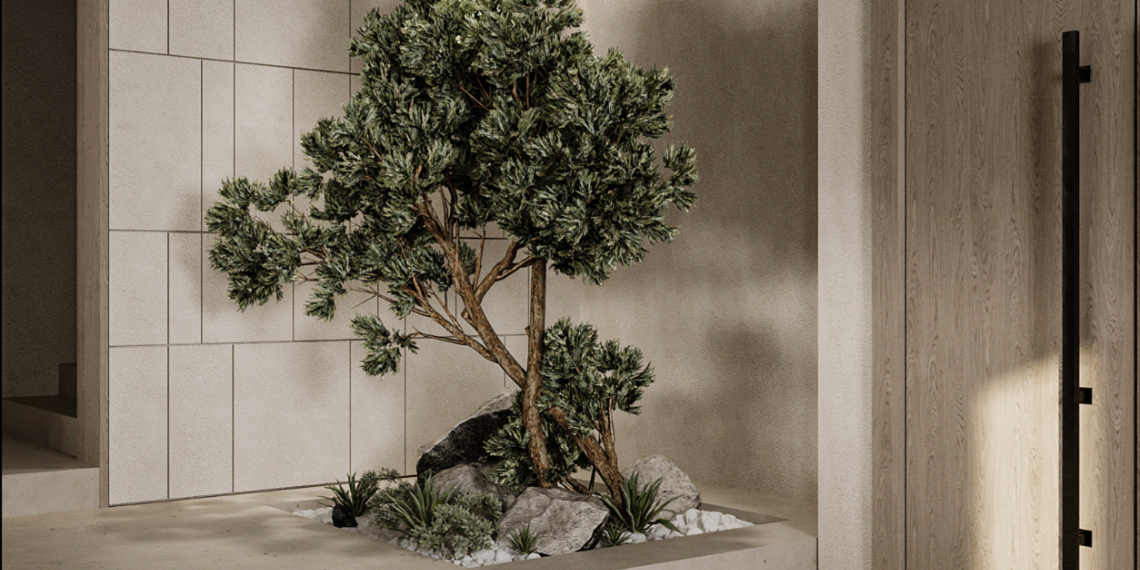
Japandi Interior Design
Where Serenity Meets Simplicity
Origins and Aesthetics:
Japandi design draws its inspiration from two diverse yet complementary design philosophies – Japanese aesthetics and Scandinavian minimalism. The term “Japandi” itself is a portmanteau of “Japan” and “Scandi.” This style is rooted in the idea of embracing simplicity, natural elements, and a sense of mindfulness in our surroundings.
Key Elements:
- Minimalism with Warmth: Japandi design focuses on uncluttered spaces with clean lines, akin to Scandinavian minimalism. However, it infuses warmth through natural materials and textures, as inspired by Japanese interiors.
- Natural Materials: Wood, bamboo, stone, and rattan are integral to Japandi design. These materials provide a connection to nature and contribute to a serene ambiance.
- Neutral Color Palette: Japandi interiors often feature a neutral color palette with earthy tones like beige, gray, and soft pastels. These colors create a soothing and serene atmosphere.
- Functional Simplicity: Functionality is paramount in Japandi design. Furniture is both aesthetically pleasing and practical, embodying the essence of both Japanese and Scandinavian design philosophies.
- Organic Shapes: While Scandinavian design tends to feature clean geometric forms, Japandi design incorporates more organic and nature-inspired shapes, bringing a touch of Japanese aesthetics.
Nuances and Considerations:
- Balanced Harmony: Striking the right balance between the Japanese Zen-inspired tranquility and Scandinavian functional minimalism is crucial. Too much of one aspect can upset the equilibrium.
- Wabi-Sabi Philosophy: Embrace the wabi-sabi concept, celebrating imperfections and the beauty of the aging process. Incorporate handmade or weathered items to add character.
- Quality over Quantity: Japandi design is about investing in high-quality pieces that stand the test of time, rather than filling spaces with excessive decor.
- Serene Openness: Create an open and uncluttered ambiance that encourages a sense of tranquility and mindful living. Let natural light flow freely.
- Thoughtful Decor: Select a few statement pieces or artwork that resonate with the theme. These pieces can become focal points while maintaining the overall simplicity.
In Conclusion:
Japandi interior design offers a harmonious blend of cultures and design principles, resulting in spaces that radiate calmness, authenticity, and timeless elegance. By carefully balancing the elements of nature, functionality, and minimalism, you can create a sanctuary that reflects your unique personality while embracing the serenity of Japandi style. Remember, in the world of Japandi, less is more, and the essence lies in the delicate balance between simplicity and elegance.
